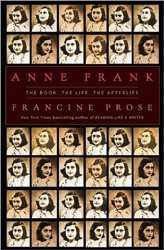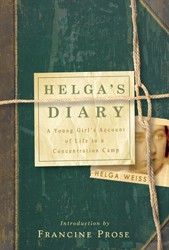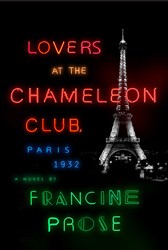Over the course of her 81 years (1898−1979), Peggy Guggenheim amassed art and financially sustained artists, despite the turmoil often found in her life.
Born into a world of privilege, she suffered the loss of her father, a passenger on the Titanic. While she listened to advisors following his death, she bought modern paintings to satisfy her own taste. Less than halfway into the twentieth century, Peggy opened her first art gallery in New York, the Art of This Century Gallery. One critic noted that she helped shape the contemporary art world, turning artists into celebrities and socialites into art collectors.
Almost single-handedly, she introduced American Abstract Expressionism to Europe, culminating in her last-minute rescue of her personal collection of Nazi-termed “degenerate art” as the Second World War began. Fully aware of her role, Peggy Guggenheim identified that she was “not an art collector. I am a museum.”
One of her most notable acts of charity was her donation of 500,000₣ (possibly more) to Varian Fry’s Emergency Rescue Committee in Vichy, 1940. When the removal of her artwork from her Paris home became urgent, as the German invasion of France was imminent, and the Louvre declined to hide her holdings — Leger, Kandinsky, Klee, Picabia, Dali, Miro, Brancusi and Duchamp — with its own collection, judging them to be too modern, Duchamp suggested packing his “boxes” among her personal possessions shipping to New York, thus saving the collection.
She and Solomon Guggenheim were first cousins; he figures little in this biography. Described by a contemporary as a rich and wayward woman with a finely tuned eye for art, Peggy was full of irony and surprise, never hesitating to name all her lovers and occasional bedmates when she published her memoir, Out of This Century. She married twice, and produced children no less colorful than their mother.
Since Solomon Guggenheim had built his self-named museum in New York, at the end of her days Peggy Guggenheim selected an eighteenth-century palazzo in Venice as the permanent home for her art treasures, as during her long lifetime, she had been happiest in Venice.
This book is part of the Jewish Lives series of Yale University Press. Note on sources, bibliography.
Related Content:





